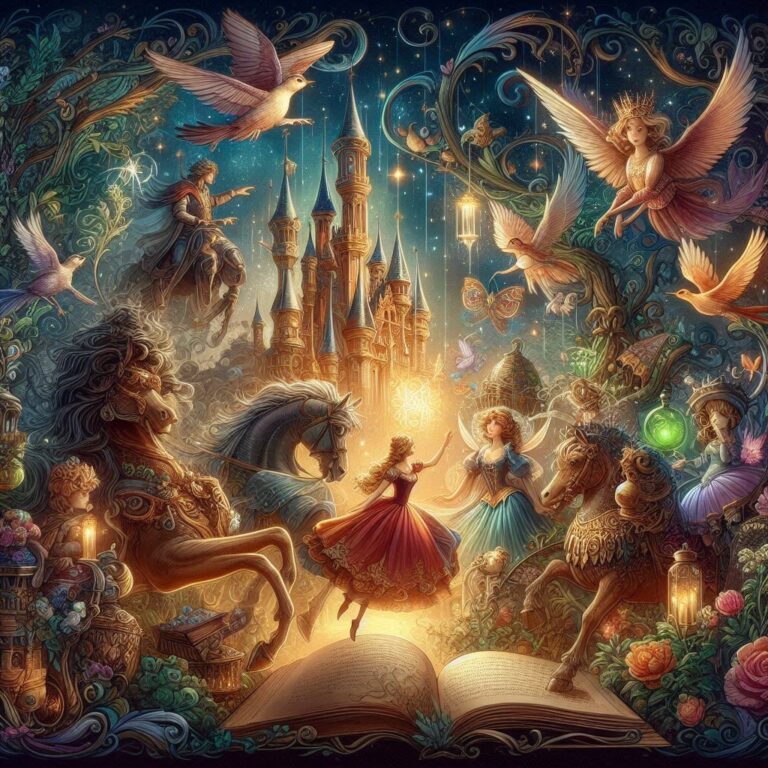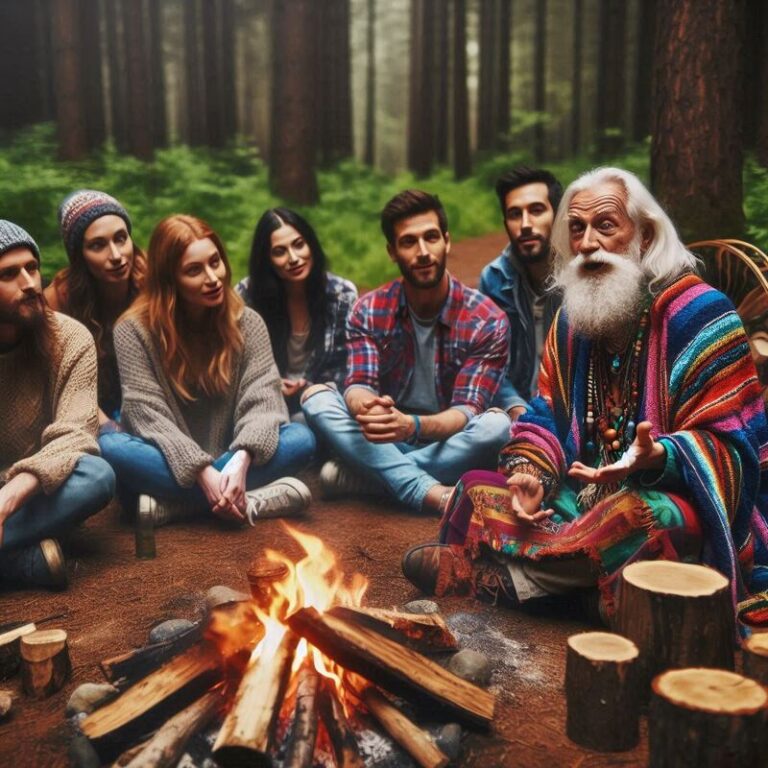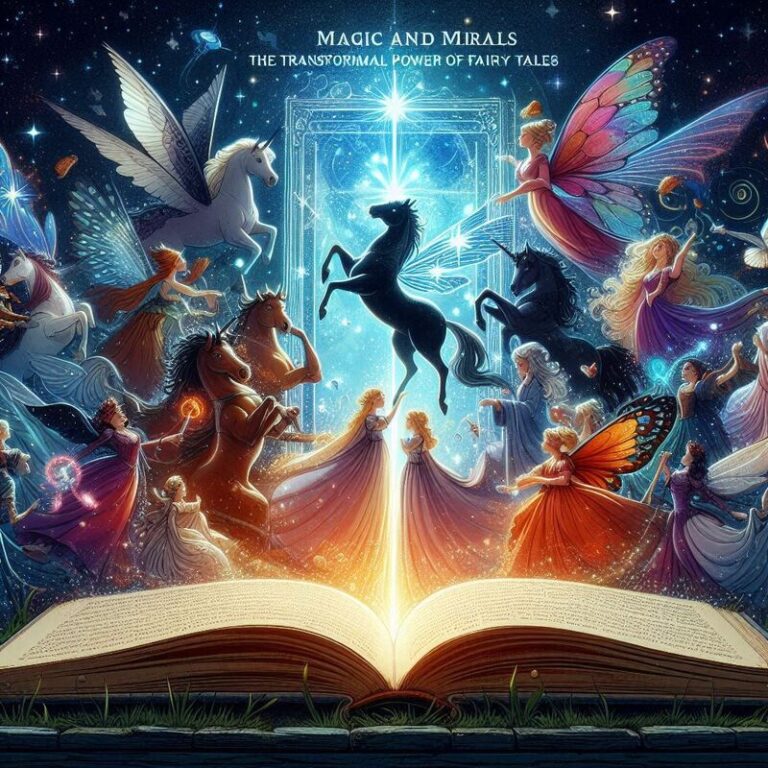Celebrating the Rich Tapestry of Folklore
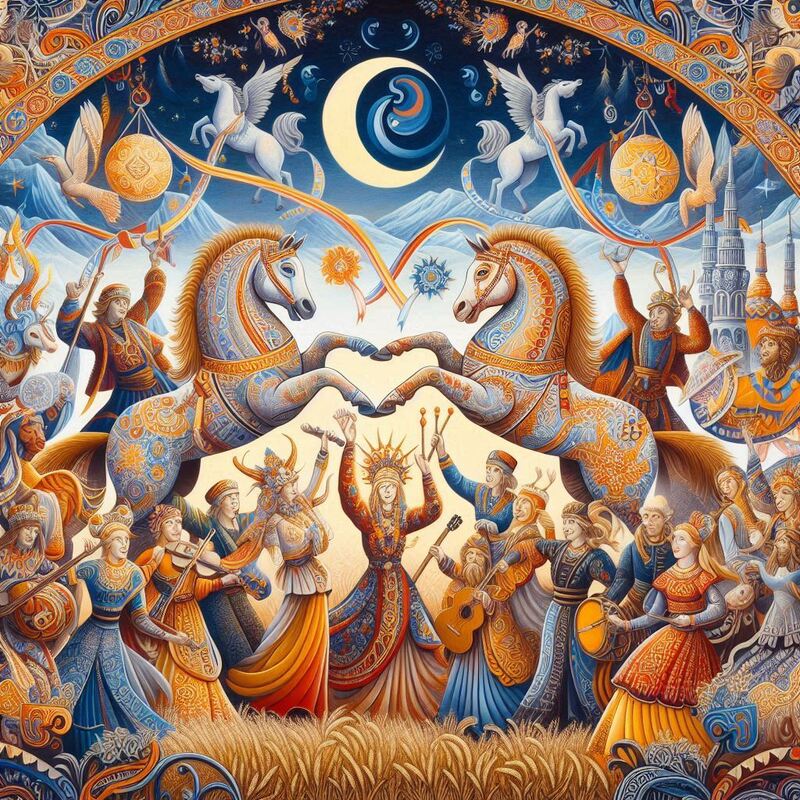
Celebrating the Rich Tapestry of Folklore
Embracing Legends: Celebrating the Rich Tapestry of Folklore
Folklore, the fabric of cultural narratives passed down through generations, weaves together tales of heroism, magic, wisdom, and the human experience. Across continents and centuries, folklore has served as a repository of collective wisdom, offering insights into history, beliefs, values, and the natural world. This article explores the profound significance of folklore, its diverse manifestations, and its enduring impact on societies worldwide.
The Essence of Folklore: Stories That Connect Us
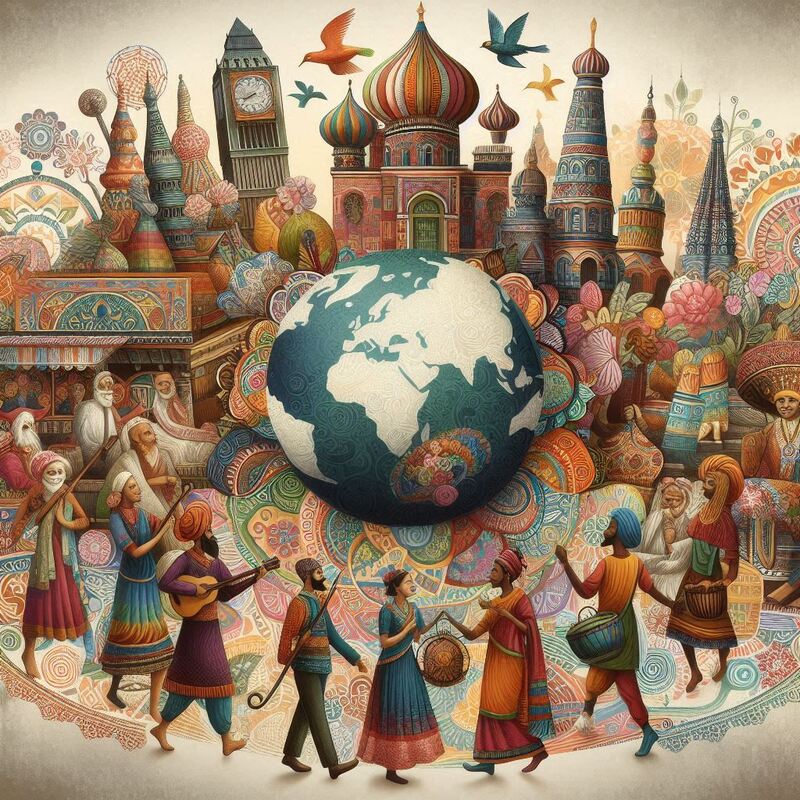
At its core, folklore encompasses myths, legends, fairy tales, fables, folk songs, proverbs, and rituals that reflect the beliefs and traditions of diverse communities. These narratives are often rooted in oral tradition, where storytellers pass down tales from one generation to the next, preserving cultural heritage and fostering a sense of belonging.
Oral Tradition and Cultural Transmission
Oral tradition forms the backbone of folklore, relying on memory, storytelling prowess, and communal participation. In societies without a written language, oral traditions ensure the preservation and continuity of cultural practices, moral teachings, and historical events. Elders and community leaders play pivotal roles as custodians of knowledge, imparting wisdom through spoken word and rituals.
Diversity of Folklore: Global Perspectives and Local Variations
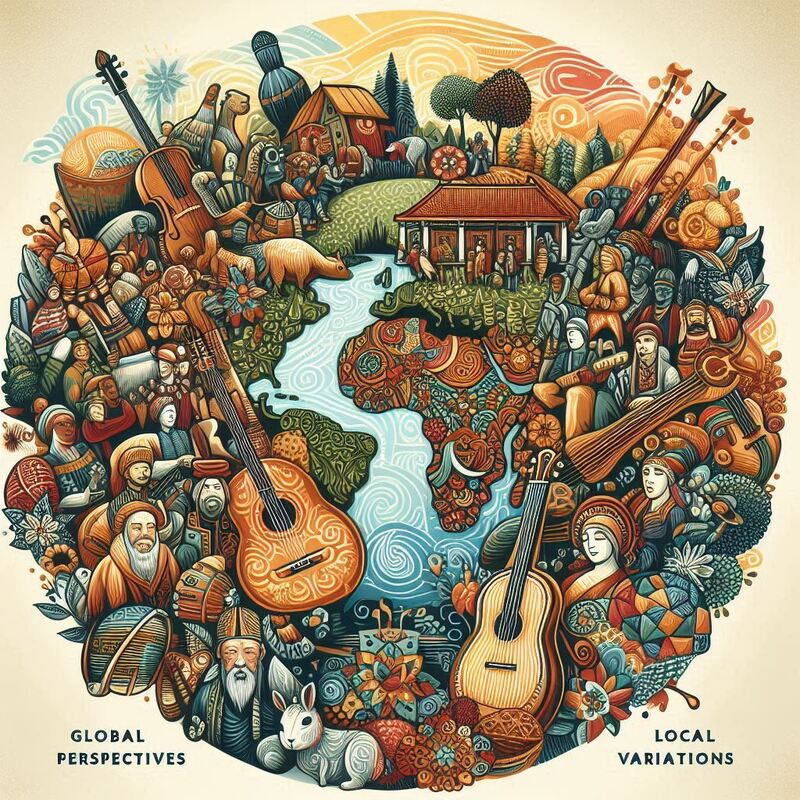
Folklore manifests in myriad forms across regions, reflecting the diversity of human experiences and environments. From the mythological epics of ancient civilizations to the folk tales of indigenous peoples and the fairy tales of European folklore, each tradition offers unique insights into cultural values, societal norms, and spiritual beliefs.
Mythological Epics and Creation Stories
Mythological epics, such as the Greek myths of Zeus and the Olympian gods or the Hindu epic of Ramayana, explore themes of creation, heroism, and divine intervention. These narratives often serve as moral allegories and symbols of cultural identity, shaping religious practices, artistic expressions, and social institutions.
Indigenous Folklore and Nature Spirits
Celebrating the Rich Tapestry of Folklore
Indigenous folklore embodies deep connections to the natural world, depicting spirits, deities, and ancestral beings that inhabit landscapes and sacred sites. Stories of the Navajo Coyote in North America, the Dreamtime myths of Australian Aboriginals, or the nature spirits of Scandinavian folklore illustrate cultural reverence for ecosystems and ecological stewardship.
Fairy Tales and Moral Lessons
Fairy tales, originating from European folklore, offer moral lessons through fantastical narratives of heroes, princesses, witches, and magical creatures. Stories like “Cinderella,” “Little Red Riding Hood,” and “Snow White” impart timeless teachings on courage, kindness, resilience, and justice, resonating with audiences of all ages and cultures.
The Role of Folklore in Society: Preservation and Transformation
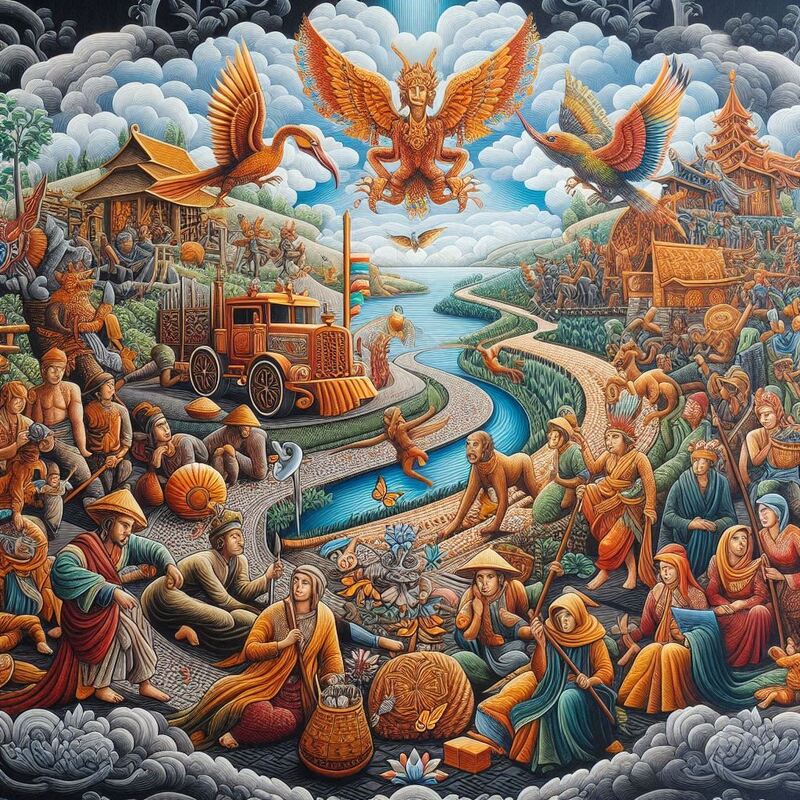
Celebrating the Rich Tapestry of Folklore
Folklore serves multifaceted roles in society, preserving cultural heritage while adapting to changing contexts and evolving interpretations. As societies modernize and globalize, folklore continues to evolve through reinterpretation, adaptation in literature and media, and revitalization in festivals and performances.
Cultural Identity and Resilience
Folklore reinforces cultural identity and resilience by celebrating shared histories, values, and rituals. Festivals like the Carnival in Brazil, the Diwali festival in India, or the Samhain celebrations in Celtic traditions exemplify how folklore strengthens community bonds, fosters cultural pride, and promotes intergenerational transmission of traditions.
Adaptation and Contemporary Relevance
Celebrating the Rich Tapestry of Folklore
Folklore adapts to contemporary contexts through literature, art, music, and popular culture, bridging past traditions with modern interpretations. Contemporary authors, filmmakers, and artists draw inspiration from folklore to explore universal themes of love, loss, heroism, and transformation, ensuring its relevance in a rapidly changing world.
Folklore as a Source of Inspiration and Creativity
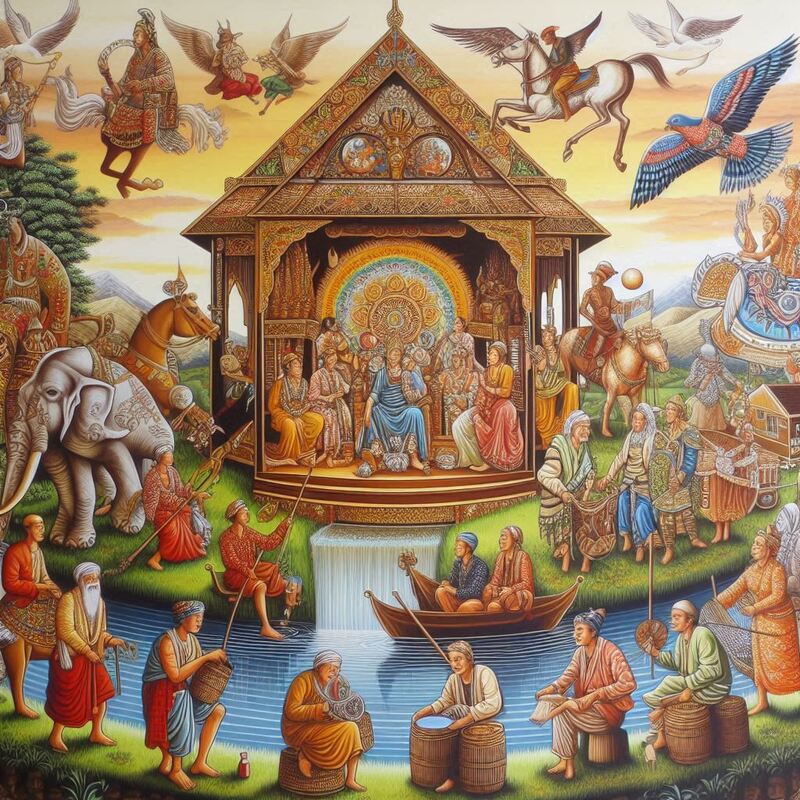
Beyond its cultural significance, folklore sparks imagination and creativity, influencing literature, art, music, and performance arts worldwide. Writers, artists, and filmmakers draw on folklore’s archetypes, motifs, and narratives to create compelling works that resonate with global audiences.
Literary Influences and Symbolism
Celebrating the Rich Tapestry of Folklore
Literary giants like the Brothers Grimm, Hans Christian Andersen, and J.R.R. Tolkien drew inspiration from folklore to craft enduring tales that transcend time and place. Their works, such as “The Lord of the Rings” and “The Little Mermaid,” incorporate mythical creatures, heroic quests, and moral dilemmas that captivate readers and explore complex human experiences.
Artistic Expression and Visual Culture
Visual artists, from painters to sculptors, incorporate folklore’s imagery, symbolism, and iconography into their works, portraying mythical beings, legendary heroes, and supernatural realms. Folk art traditions, such as Mexican alebrijes or Ukrainian pysanky, exemplify how folklore inspires vibrant artistic expressions that celebrate cultural heritage and creativity.
Celebrating the Rich Tapestry of Folklore
Preserving Folklore: Challenges and Opportunities

In an increasingly interconnected world, preserving folklore faces challenges of cultural appropriation, globalization, and digitalization. Efforts to safeguard oral traditions, document endangered languages, and promote cultural diversity are essential for ensuring the continued vitality of folklore for future generations.
UNESCO Intangible Cultural Heritage
The United Nations Educational, Scientific and Cultural Organization (UNESCO) recognizes the importance of safeguarding intangible cultural heritage, including folklore, through initiatives that promote community involvement, capacity building, and sustainable development. UNESCO’s Intangible Cultural Heritage lists safeguarding measures for traditions like oral storytelling, traditional music, and festive rituals, ensuring their recognition and protection on a global scale.
Celebrating the Rich Tapestry of Folklore
Digital Archives and Cultural Revitalization
Digital technologies offer opportunities to document and disseminate folklore through online archives, multimedia platforms, and virtual repositories. Digital storytelling projects, interactive websites, and mobile applications enable communities to share their folklore with a global audience, fostering cultural exchange and revitalization.
Conclusion: Embracing Folklore’s Enduring Legacy
Folklore embodies humanity’s collective imagination, wisdom, and resilience, transcending borders and connecting cultures through shared narratives. Celebrating folklore enriches our understanding of cultural diversity, promotes intercultural dialogue, and inspires creativity across disciplines. As custodians of folklore, we have a responsibility to preserve, interpret, and celebrate these rich traditions for future generations, ensuring that their timeless lessons and enduring legacy continue to inspire and unite us all.
